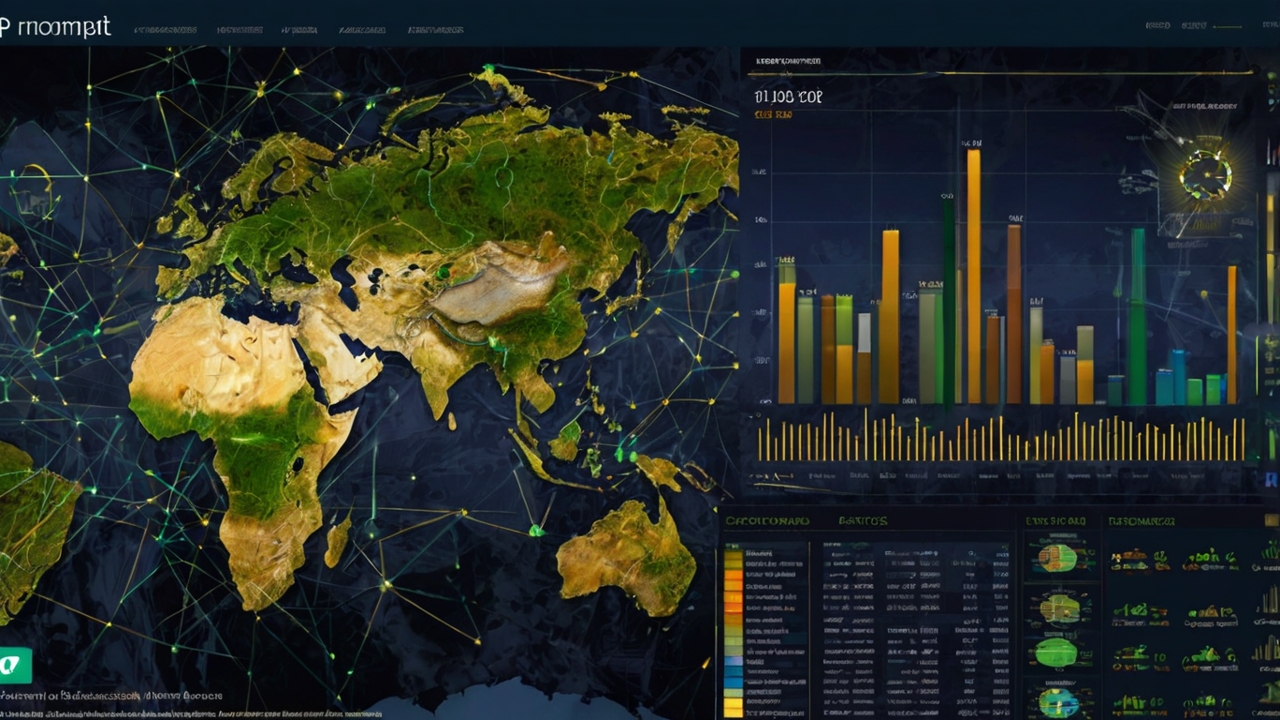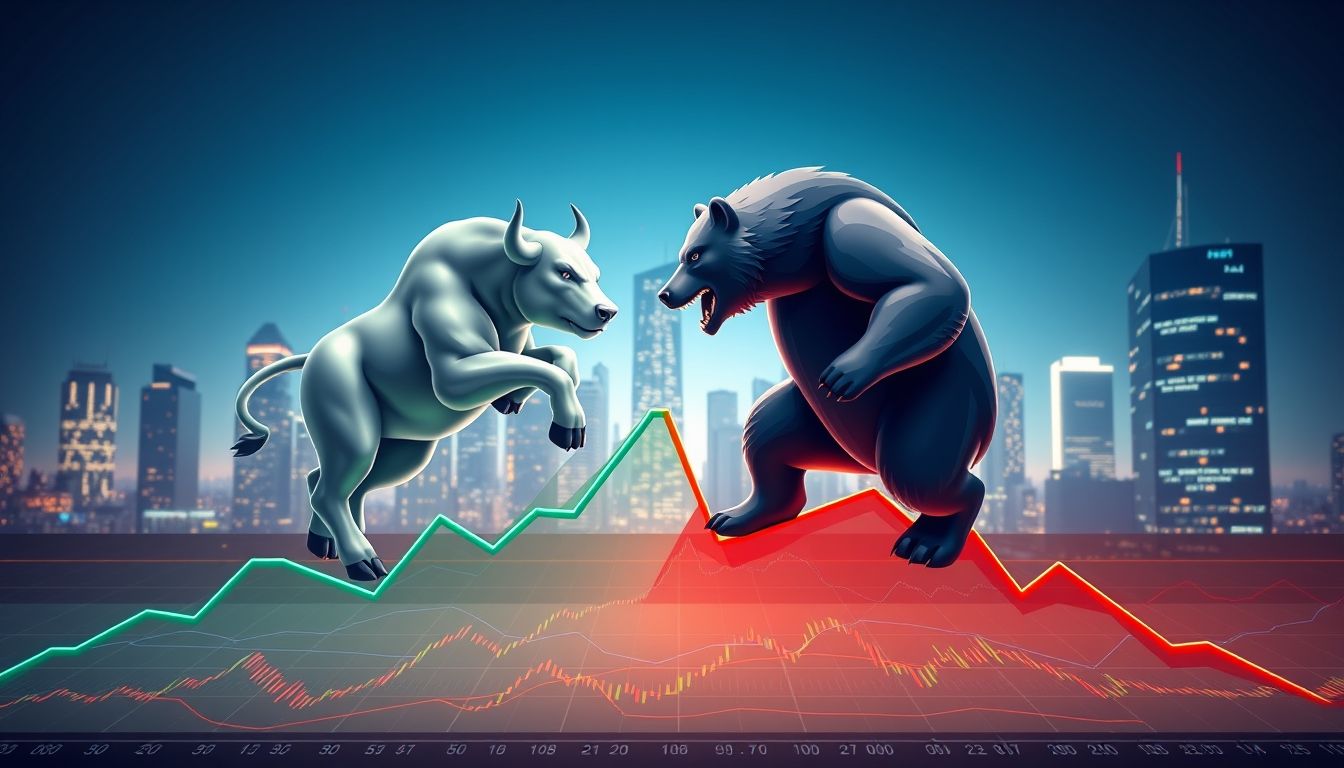ETFs in the Arab Market: Growth Opportunities and Challenges
Exchange-Traded Funds (ETFs) are investment instruments that combine the advantages of mutual funds and stocks. They allow investors to diversify their investment portfolios easily and at a low cost, with the ability to trade them on the stock exchange like stocks.
Chapter 1: Introduction to Exchange-Traded Funds (ETFs)
Exchange-Traded Funds (ETFs) are investment funds traded on stock exchanges just like individual stocks. These funds typically track a specific index, sector, commodity, or investment strategy. Their goal is to provide performance similar to the index or sector they track.
Advantages of Exchange-Traded Funds:
- Diversification: ETFs offer instant diversification across a wide range of assets, reducing risk.
- Liquidity: ETFs can be bought and sold easily during trading hours on the stock exchange.
- Transparency: The contents of ETFs are disclosed daily, providing investors with a clear view of their investments.
- Low Cost: ETF management fees are typically lower than those of traditional mutual funds.
Chapter 2: The Evolution of ETFs in Global Markets
ETFs have experienced tremendous growth in global markets over the past two decades. This growth is due to the many advantages these funds offer to investors, including diversification, liquidity, transparency, and low cost.
Global Statistics:
Assets under management in ETFs worldwide exceed $10 trillion USD (as of 2023 estimates).
The number and variety of ETFs are constantly increasing, providing investors with a wide range of investment options.
Chapter 3: The Status of ETFs in the Arab Market
The ETF market in the Arab world is still in its early stages compared to developed markets. However, there is growing interest in these investment instruments from investors and financial institutions in the region.
Challenges Facing ETFs in the Arab Market:
- Limited Awareness: Awareness of ETFs among investors in the region is still limited.
- Low Liquidity: Liquidity in some ETFs listed on Arab stock exchanges may be low.
- Regulatory Restrictions: Some Arab countries may impose regulatory restrictions on ETFs.
Chapter 4: Opportunities for ETFs in the Arab Market
Despite the challenges, there are significant opportunities for ETFs in the Arab market. These include:
- Economic Growth: Many Arab countries are experiencing strong economic growth, creating new investment opportunities.
- Increased Financial Awareness: Financial awareness among the population in the region is increasing, which increases the demand for diverse investment products.
- Development of Financial Infrastructure: Arab governments are working to develop financial infrastructure, making it easier to launch and trade ETFs.
Chapter 5: Types of ETFs Available in the Arab Market (or Potential)
ETFs available (or potentially available) in the Arab market can be classified into several types, including:
- Index Funds: Track major stock indices in the region, such as the Saudi Tadawul Index or the Egyptian EGX30 Index.
- Sector Funds: Focus on specific sectors of the economy, such as the banking sector or the real estate sector.
- Fixed Income Funds: Invest in government and corporate bonds and sukuk.
- Commodity Funds: Track the prices of basic commodities, such as oil and gold.
- Sharia-Compliant Funds: Invest in assets that comply with Islamic Sharia principles.
Chapter 6: Comparison Between ETFs and Mutual Funds
ETFs and mutual funds are two common types of collective investment instruments. Here is a comparison between them:
| Feature | Exchange-Traded Funds (ETFs) | Mutual Funds |
|---|---|---|
| Trading | Traded on the stock exchange like stocks | Bought and sold directly from the issuing company |
| Liquidity | Usually more liquid | Less liquid |
| Cost | Management fees are usually lower | Management fees are usually higher |
| Transparency | Contents are disclosed daily | Contents are disclosed periodically (monthly or quarterly) |
Chapter 7: How to Invest in ETFs in the Arab Market
To invest in ETFs in the Arab market, investors must:
- Open a trading account with a licensed financial broker.
- Research ETFs available on local stock exchanges.
- Analyze the performance of the funds and assess the risks associated with them.
- Buy shares of the funds through the broker's trading platform.
Chapter 8: Risks Associated with ETFs
Despite the many advantages, there are risks associated with investing in ETFs, including:
- Market Risk: The value of ETFs can decline due to the decline of financial markets.
- Tracking Risk: ETFs may not be able to accurately track the performance of the index they track.
- Liquidity Risk: Liquidity may be low in some ETFs, making it difficult to sell them quickly and at a fair price.
- Currency Risk: If ETFs invest in assets denominated in foreign currencies, investors may be exposed to exchange rate fluctuations.
Chapter 9: Practical Examples of ETFs in the Arab Market
(Here, real examples of existing or previously existing ETFs in Arab markets should be included, with details about their performance, the sectors in which they invest, and the fees associated with them. If there are no available ETFs, proposed or potential funds can be mentioned with an analysis of their feasibility.)
Hypothetical Example: An ETF that tracks the Saudi Large Cap Index (TASI 30 ETF). This fund aims to replicate the performance of the 30 largest companies listed on the Saudi market. Investors can buy shares of this fund to gain broad exposure to the Saudi market at a low cost.
Chapter 10: The Future of ETFs in the Arab Market
The ETF market in the Arab world is expected to experience significant growth in the coming years, driven by increased financial awareness, the development of financial infrastructure, and economic growth in the region. Investors and financial institutions should prepare for this growth by:
- Increasing awareness of ETFs.
- Developing innovative investment products that meet the needs of investors in the region.
- Easing regulatory restrictions on ETFs.
Disclaimer: This article is for informational purposes only and does not constitute investment advice. Investors should consult a qualified financial advisor before making any investment decisions.




